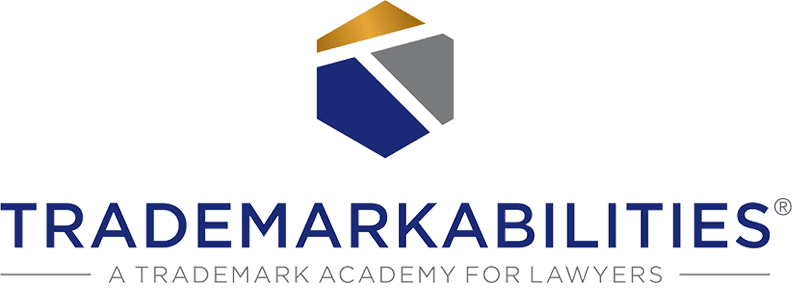Congratulations! Your client has decided on a new name for its company or brand. Before you apply for a federal trademark, it’s important to conduct a trademark search to make sure the trademark is available. What kind of trademark searching should you do?
Preliminary v. Full Availability Searches
Searching USPTO records is a good first step. This will let the client know if there are likely to be any obstacles in registering the mark. A preliminary search is a great option when the client is considering many names and is trying to narrow the field to one or two candidates for a full availability search. But, remember, the U.S. system is one of few systems worldwide that recognizes common law rights. Therefore, a trademark does not have to be registered in order for prior rights to exist. This means that if we only look at marks applied for or registered at the USPTO, there may still be a prior user somewhere out there. The recommended action before applying is to conduct a full availability search through a vendor that includes extensive common law references and to provide the client a legal opinion as to whether any of these might be infringing. Only then can the mark truly be “cleared.”
Why do we Search?
Many clients believe conducting trademark clearance searches is an unnecessary expense. However, we believe it is one of the least expensive preventative measures a business can take. The primary reason we undertake clearance searches is to ensure the proposed trademark is available for use and registration. We conduct full availability searches to be sure the client’s mark is not likely to infringe any prior third-party trademarks. However, we learn a great deal more from a full availability search. The search provides us with valuable insight into the competitive landscape in the event the USPTO issues any refusals of registration. It can be a great asset and source of knowledge in the event the trademark owner receives a cease and desist letter. By conducting a full availability search in advance, a trained trademark attorney can review the search results and advise on all of these issues as well as opine on the mark’s distinctiveness, or conclude if the mark will enjoy a more narrow scope of protection. In short, conducting a full search at the outset, can help save the client money in the long run.
There is no “Duty to Search”
When awarding damages, courts are split on whether a failure to search constitutes bad faith for purposes of awarding damages. Trademark counsel should always recommend a full search, but the choice to undertake a full availability search is always the client’s. Any competent U.S. trademark attorney will generally recommend a search as a first step for the reasons outlined above. As trademark counsel, our job is to help the client assess risk and not to tell the client which mark you can and cannot use. Worst case scenario, a client may have to change a company and/or brand name years later and most business owners realize the expense, distraction and consumer confusion that comes with such a task is not worth the relatively nominal expense of conducting a full search at the outset.
Limitations of Searches
As you plan for the search, talk to your client. Be sure you understand who owns the mark, how the mark will be used, whether the mark has a meaning in a foreign language and all of the contemplated goods and services with which the mark will be used so that you can properly assess the search and the risk. Please keep in mind that no search – whether knockout or full search – is foolproof. Even the full availability searches conducted by the leading vendors are conducted by humans who specialize in doing this type of work on a regular basis, which leads to some level of subjectivity. Moreover, there is lag in the USPTO database and reporting. Also bear in mind that the search is limited to the mark and goods and/or services searched. However, it is the best indicator we have to assess risk and provide trademark owners with peace of mind when adopting a new mark.
Want to Learn More?
If you would like to learn more about how to read a full search report and write a trademark availability opinion letter, then check out Our Courses or join the Trademarkabilities® Masterclass. You can also join our mailing list, and we’ll send you our free e-guide “5 Tips for Trademark Attorney Success” which you can download for free.

Stacey C. Kalamaras is the founder and lead instructor of Trademarkabilities®, an online trademark academy for lawyers, whose mission it is to prepare lawyers to be confident and effective practitioners before the USPTO. Stacey started Trademarkabilities to share her passion teaching the law with the next generation of lawyers and help them become practice ready lawyers. Contact us at: hello@trademarkabilities.com.
Stacey is also a seasoned trademark attorney and currently works in-house as Senior Counsel for a multi-national candy company. She previously owned her own solo trademark practice, which she scaled and sold. She has been recognized by her peers for her outstanding knowledge and service in intellectual property law.

